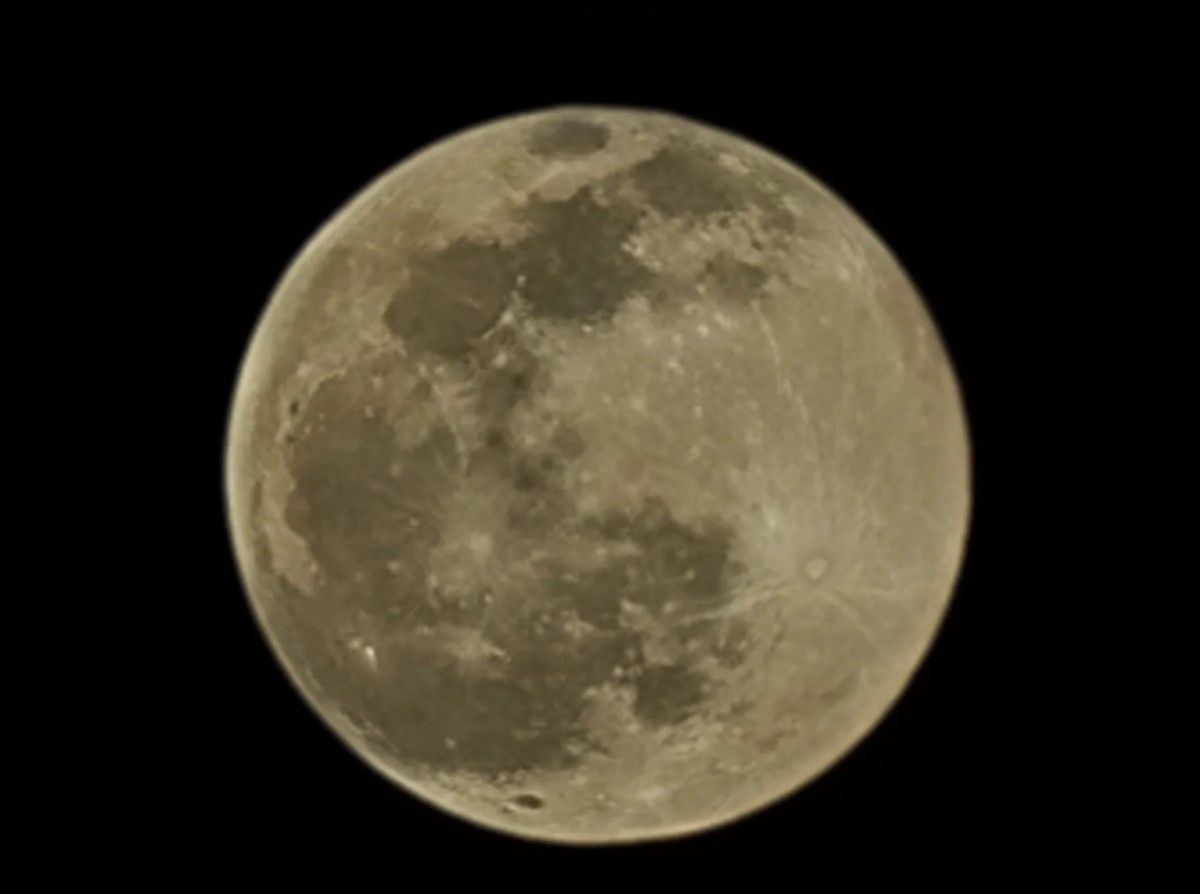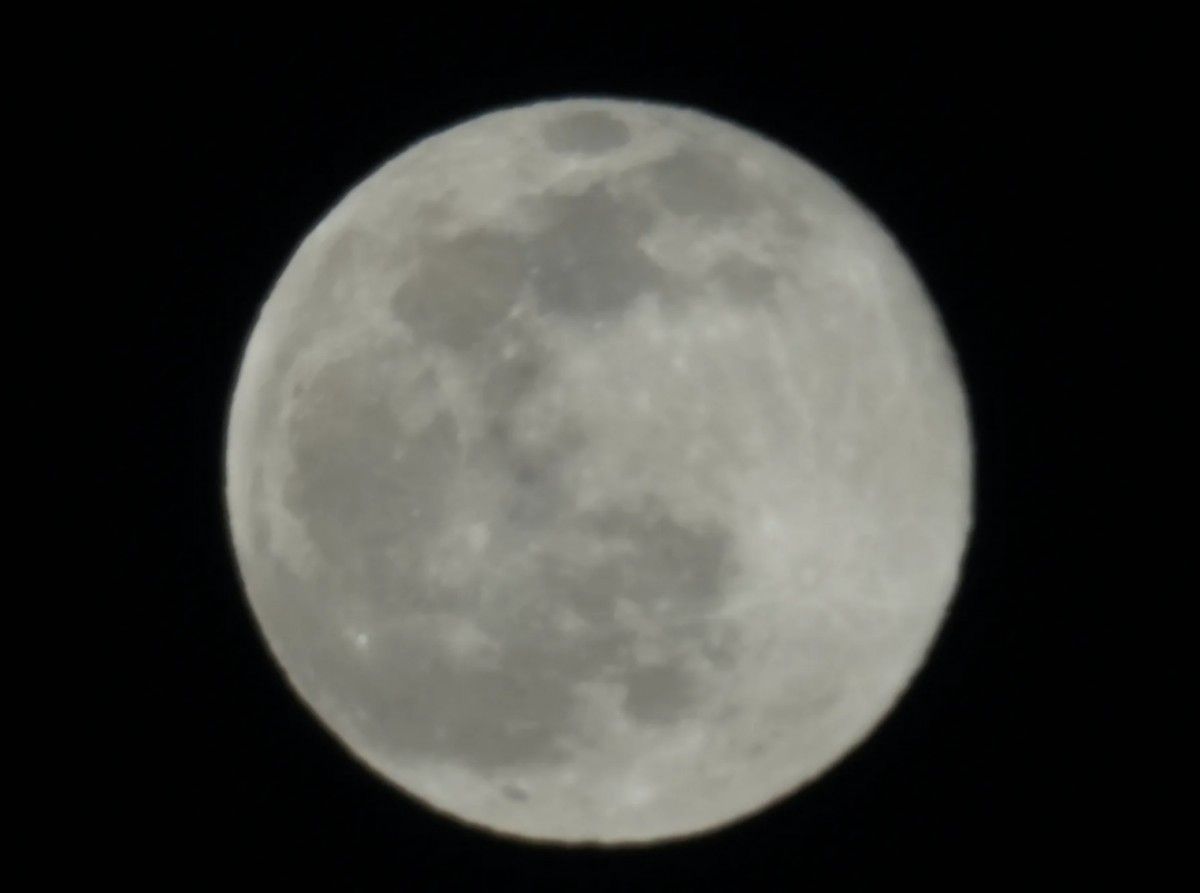Does the Galaxy S21 Ultra use artificial intelligence to capture fake images of the moon?

The Samsung Galaxy S21 Ultra uses two separate telephoto cameras on the back panel, one offering 3x magnification and the other 10x. The Galaxy S21 Ultra, in collaboration with its artificial intelligence, can capture the image of the moon, which has been digitally improved.
This has led some users to say that the Galaxy S21 Ultra camera puts a pre-designed texture on any object it identifies as the moon. Someone wrote on Twitter that even if you take a blurry image of a moon-like object, the S21 Ultra camera puts a moon-like texture on it. He says it has nothing to do with hardware, and everything is done with software, and Huawei did the same last year.
According to GSMArena , Samsung explicitly denies this claim, saying that the S21 Ultra’s AI Super Resolution capability captures multiple images of the lunar surface and combines them to give the final image better detail.
Raymond Wang of Input Mag Media began researching the field. He asked several tech journalists to share their experience of working with the S21 Ultra camera while photographing the moon. An expert review shows that there is no cover texture in the camera APK file. Another expert said that in the background, a lot of software processing is done. After receiving various comments, Wang realized that the only way to understand this was to compare the S21 Ultra with a mirrorless camera with a powerful lens.


Sample photo of Galaxy S21 Ultra camera with 100x magnification (right) Along with sample photo of Sony A7R III mirrorless camera with 600mm lens (left)
-
- A closer look at the Galaxy S21 and Galaxy S21 Ultra
Finally, it turned out that the image that the Galaxy S21 Ultra captures from the surface of the moon has more detail than the image that is captured by the Sony A7R III camera with a 600 mm lens. Combining the Sony A7R III with a 600mm lens is three times more expensive than the Galaxy S21 Ultra.
The important point is that the lunar surface patterns in both images are similar. Studies show that Samsung can really capture good images of the moon in good weather and, of course, in low light environments; Of course, thanks to the large amount of software processing in the background.






